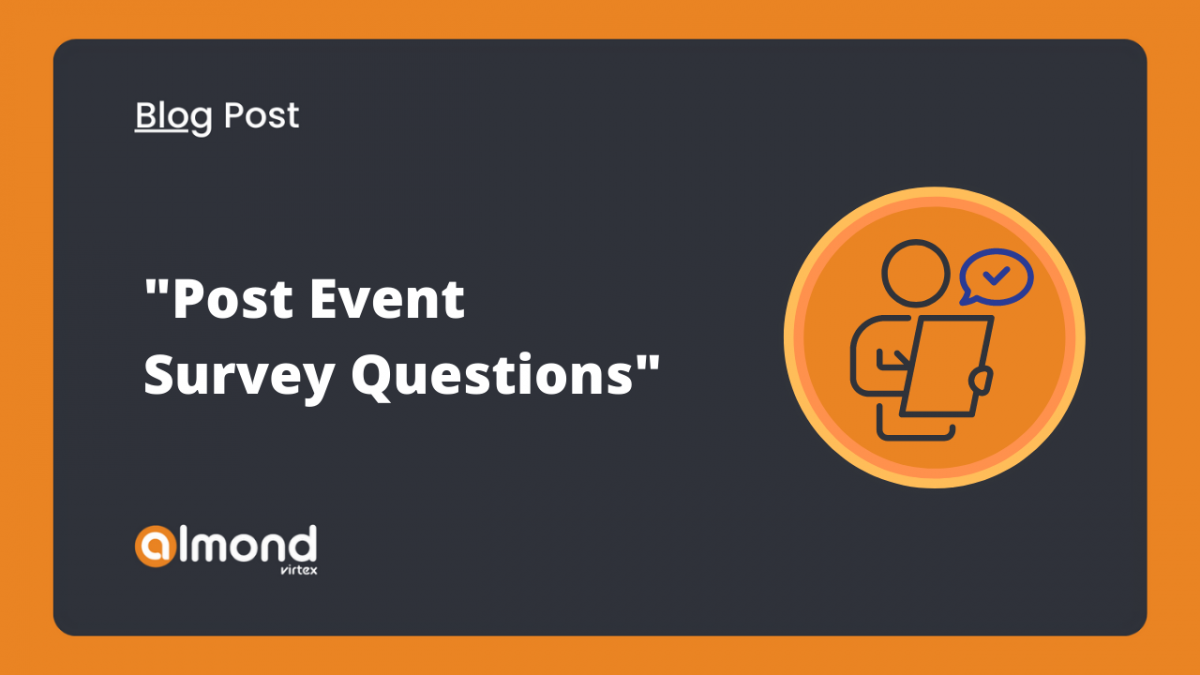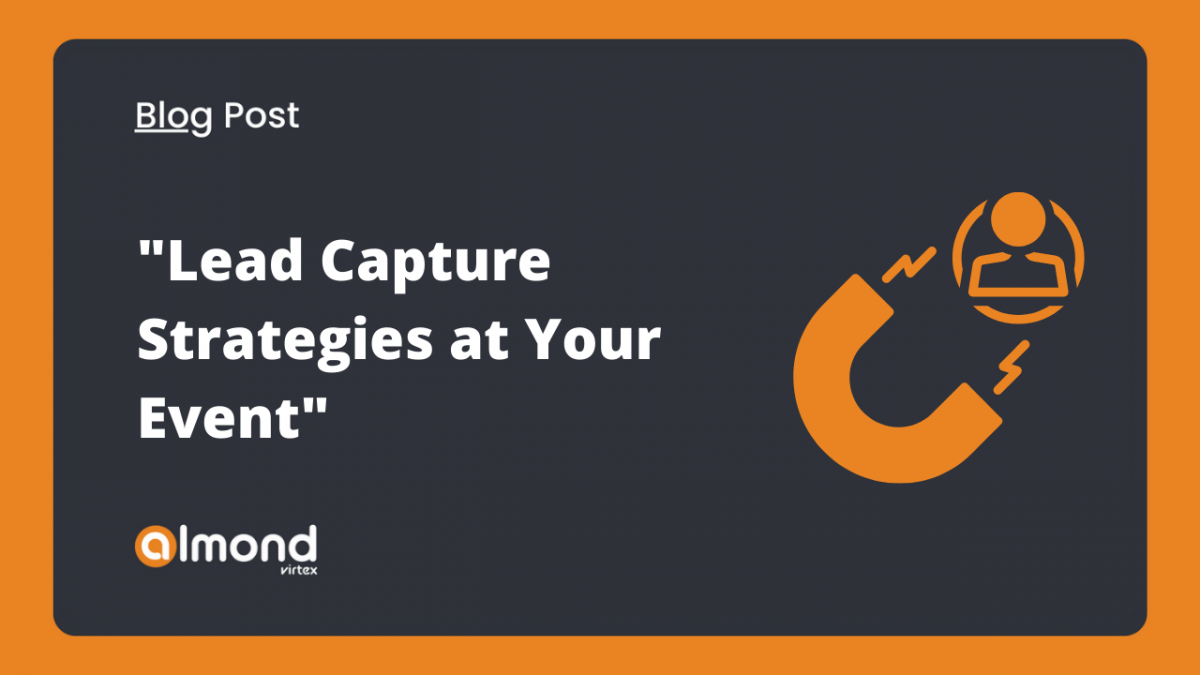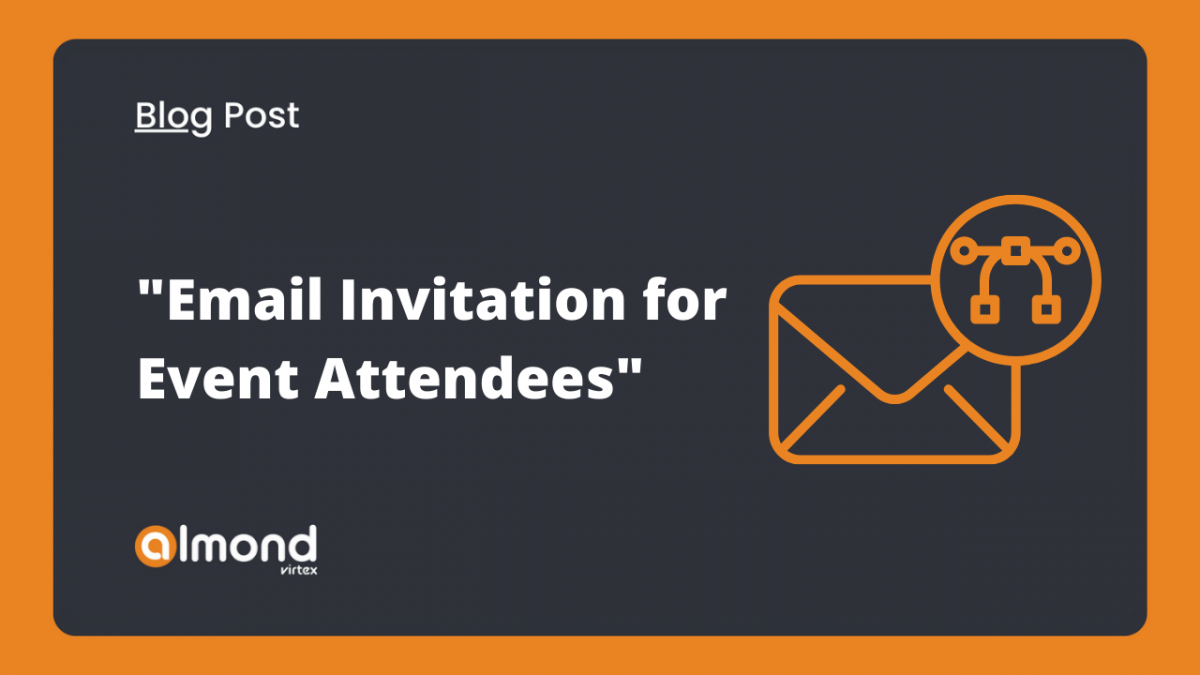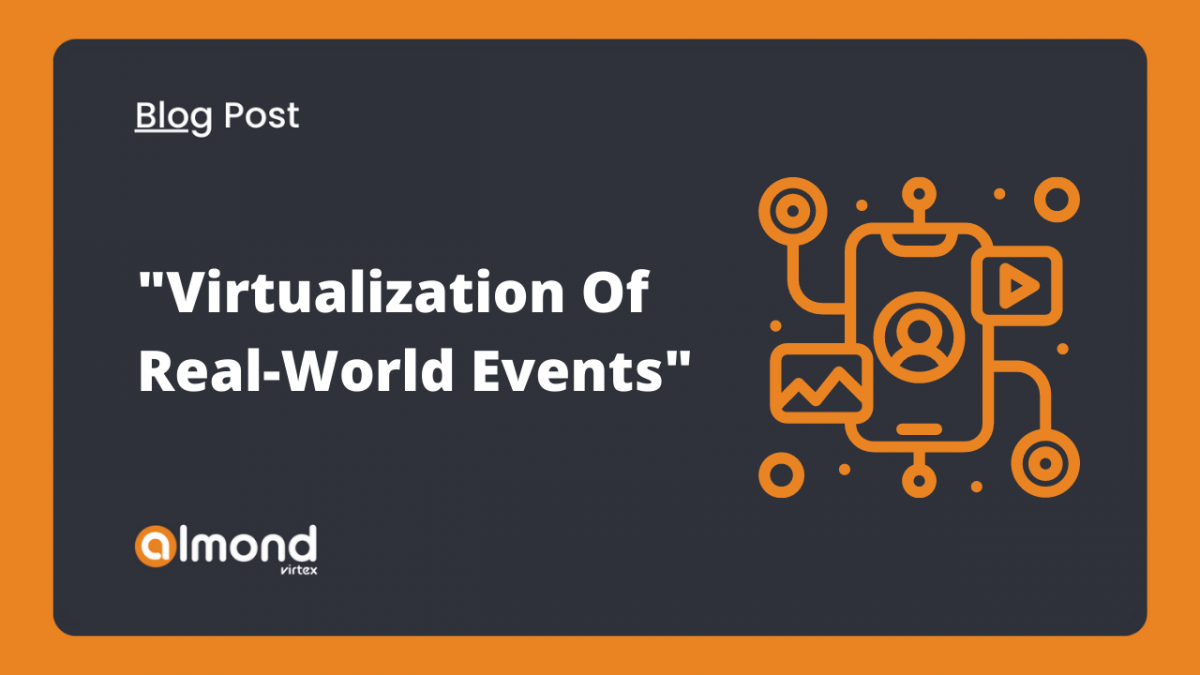
Almonds Ai expands global footprint, opens new office in Dubai. Click Here
Author: Team Almond

344 Post views

295 Post views

468 Post views

313 Post views

332 Post views

319 Post views

346 Post views

372 Post views

374 Post views

310 Post views